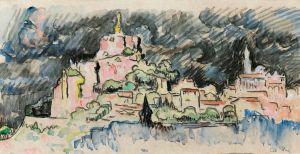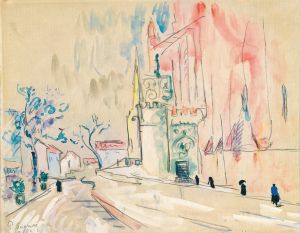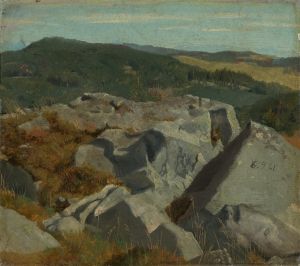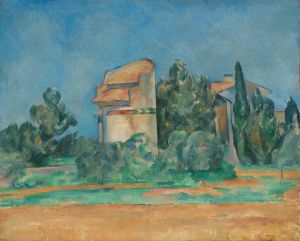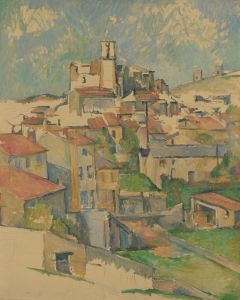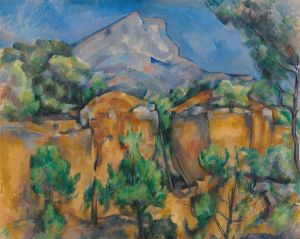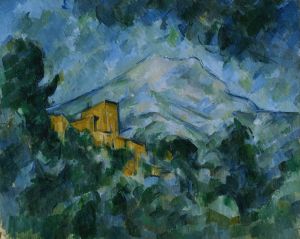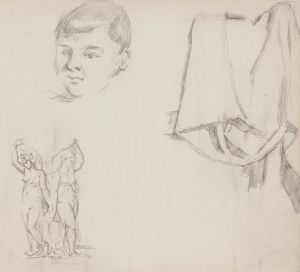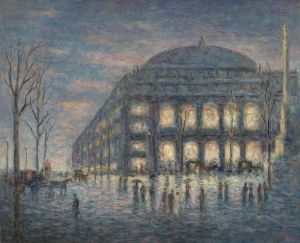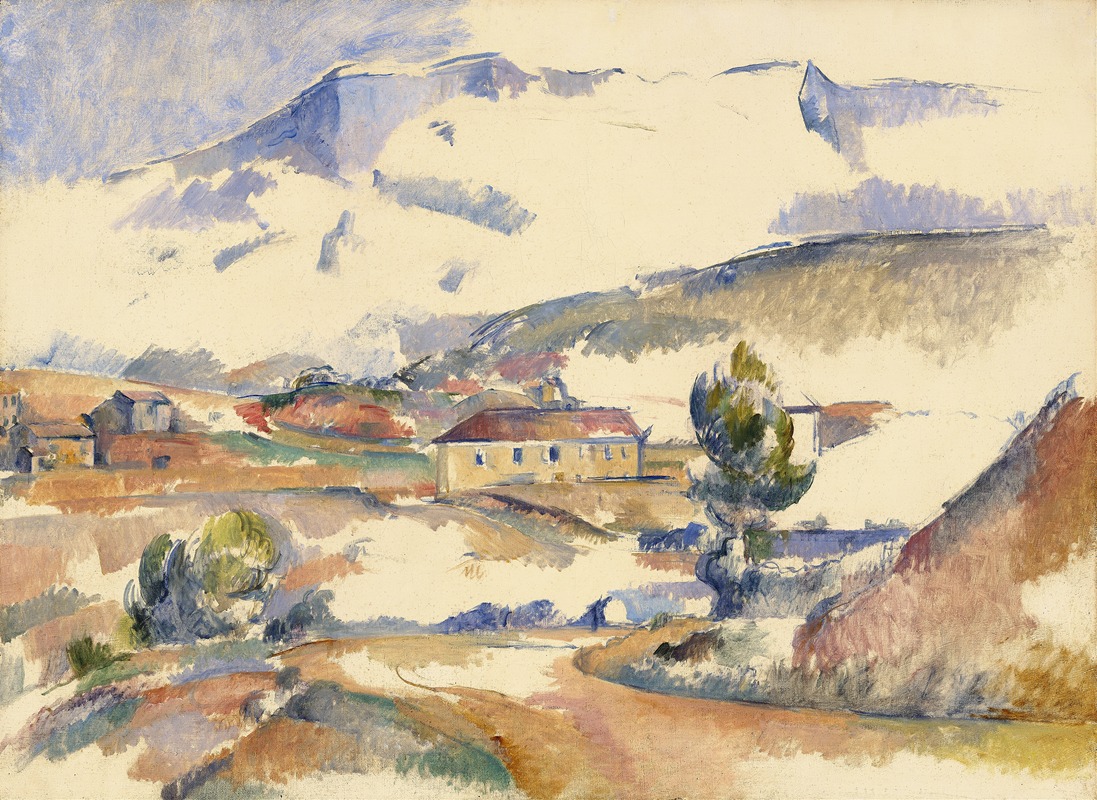
Montagne Sainte-Victoire,from near Gardanne
A hand-painted replica of Paul Cézanne’s masterpiece Montagne Sainte-Victoire,from near Gardanne, meticulously crafted by professional artists to capture the true essence of the original. Each piece is created with museum-quality canvas and rare mineral pigments, carefully painted by experienced artists with delicate brushstrokes and rich, layered colors to perfectly recreate the texture of the original artwork. Unlike machine-printed reproductions, this hand-painted version brings the painting to life, infused with the artist’s emotions and skill in every stroke. Whether for personal collection or home decoration, it instantly elevates the artistic atmosphere of any space.
"Montagne Sainte-Victoire, from near Gardanne" is an oil painting by the French Post-Impressionist artist Paul Cézanne. Created between 1885 and 1887, the work is part of Cézanne's extensive series of paintings depicting Montagne Sainte-Victoire, a limestone mountain in the Provence region of southern France. This particular painting is notable for its vantage point near Gardanne, a town where Cézanne lived for a brief period during the mid-1880s.
Cézanne's fascination with Montagne Sainte-Victoire spanned much of his career, and he painted the mountain from various perspectives and under different lighting conditions. This series is considered a cornerstone of his artistic exploration of form, color, and spatial relationships. In "Montagne Sainte-Victoire, from near Gardanne," Cézanne employs his characteristic use of geometric simplification and a palette dominated by earthy tones, blues, and greens. The painting captures the rugged contours of the mountain, the surrounding countryside, and the interplay of light and shadow, reflecting Cézanne's deep engagement with the natural landscape.
The painting exemplifies Cézanne's transition from Impressionism to a more structured and analytical approach to composition, which would later influence the development of modern art movements such as Cubism. His technique of breaking down natural forms into basic geometric shapes is evident in this work, as is his use of short, deliberate brushstrokes to build a sense of depth and texture.
"Montagne Sainte-Victoire, from near Gardanne" is housed in the Barnes Foundation in Philadelphia, Pennsylvania. The Barnes Foundation is renowned for its extensive collection of Impressionist, Post-Impressionist, and early Modernist works, and Cézanne's painting is a highlight of its holdings. The work is often studied as an example of Cézanne's innovative approach to landscape painting and his enduring influence on the trajectory of Western art.
This painting, like many others in Cézanne's Montagne Sainte-Victoire series, reflects the artist's personal connection to the Provençal landscape and his lifelong quest to capture its essence through his unique artistic vision.





